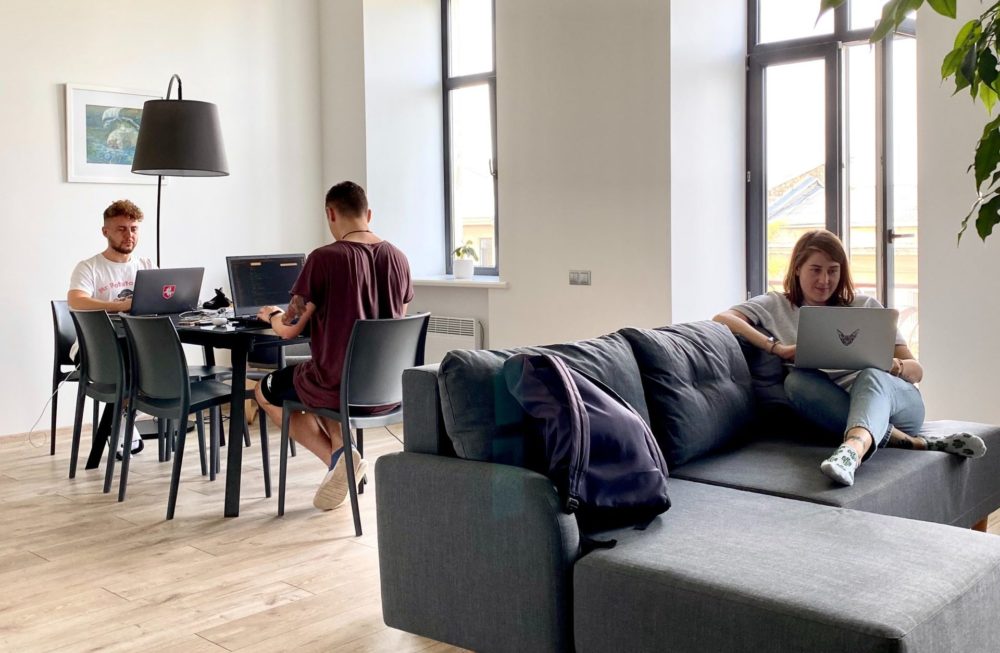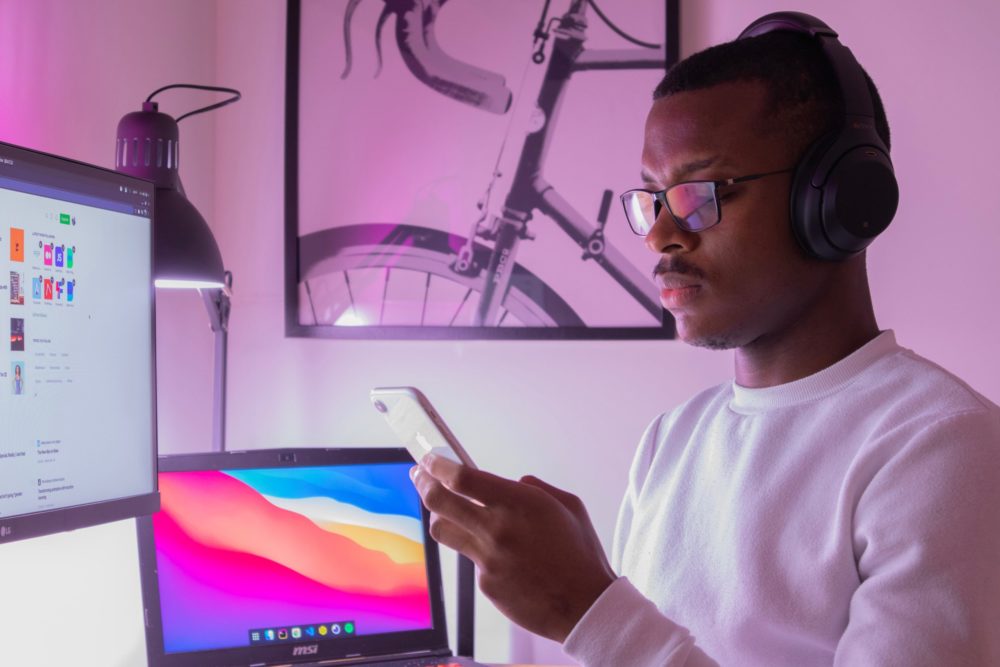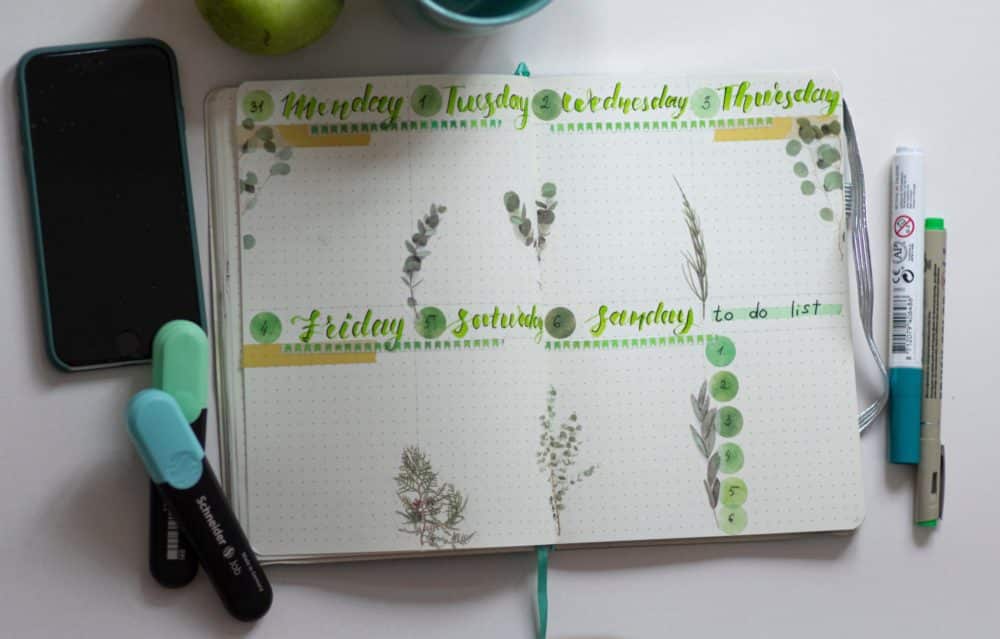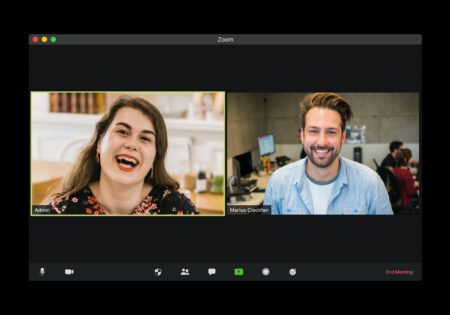Multitasking is something that every freelancer knows all about.
After all, when you’re a solo entrepreneur, the buck stops with you.
You’re responsible for everything from marketing to liaising with clients, completing projects to spec, and ensuring that you get paid on time.
As the expression goes, you wear lots of hats – and often, you have to wear more than one hat at the same time.
Being adept at multitasking is a skill, but that doesn’t mean that it’s a good one. What if we told you that mastering the art of monotasking was essential, too?
What is Monotasking and How Does It Differ from Multitasking?
Monotasking, also known as single tasking, is the act of dealing with a single task at a time. This is a form of time management that requires you to take on and complete one task at a time.
Multitasking, on the other hand, requires you to deal with multiple tasks at the same time.
Monotasking differs from multitasking in a number of key ways.
First, it gives you the chance to improve your level of focus on a specific objective that you need to focus on. Multitasking can make it more difficult to focus on a single task, as you will be working to accomplish many different objectives at the same time.
The scope of your work also changes when using monotasking as opposed to multitasking approaches.
Monotasking usually entails a smaller scope of work, as you’ll be focused on a single task instead of many. With that said, the scope of a single project may be wider due to the topics or content within it.
Dealing with one task at a time can cause changes to your levels of productivity.
For example, you may complete more work overall and make more progress across many tasks while multitasking. Or, you may make significant strides on a single task and display a higher level of productivity as a result.
Why Multitasking is Counterproductive
According to Entrepreneur, there are a few key reasons multitasking may actually impair your productivity rather than enhance it.
The expert publication notes that focusing on many tasks at the same time can put pressure on your brain. This increases your stress levels and makes it more difficult to switch between tasks successfully.
Multitasking can impair your memory, as your brain is not designed to handle numerous tasks at once. When you constantly switch between activities, you may not pay close attention to any of them. This means that you may end up being prone to forgetting important details and responsibilities.
Entrepreneur asserts that multitasking can hinder your creativity.
When you switch from one task to another, you may struggle to focus on a specific problem and use your creative problem-solving skills to address it. This is because your brain becomes used to shifting tasks. Eventually, it is no longer able to focus on one topic with its full power.

Research shows that task-switching can decrease your productivity by up to 40%, even during everyday activities like checking your emails or chatting with a team member.
Who Can Benefit from Monotasking?
Monotasking is often the most efficient way to deal with tasks and projects, especially under certain circumstances. If you have advance notice for a workload that you need to complete, you can plan to monotask in order to finish it as soon as possible.
Additionally, monotasking is helpful for those who tackle urgent deadlines, and those who have important and complex tasks to complete.
This form of time management ensures that you can dedicate your full concentration to the task at hand to meet deadlines and produce work in line with what is expected of you.
How to Train Your Brain to Monotask
Research from Gloria Mark and her team at the University of California has found that it takes most people an average of 23 minutes and 15 seconds to get back to a task after they’re interrupted or changed their focus.
Another study from Stanford University found that people who multitask perform worse at attention and memory tasks, and task completion, compared to their monotasking peers.
The reason multitasking can harm your performance lies in the part of your brain called the prefrontal cortex. This brain region performs many different tasks, but one of its key responsibilities is directing and maintaining your attention. It has two sides, which communicate with each other and the rest of your brain.
When you monotask, both sides of the prefrontal cortex work together to direct your attention. When you multitask, however, these sides need to work independently of each other. This means that none of the tasks you are performing gets your full attention. Multitasking also trains your brain to manage tasks in this way.
The best way to train your brain to monotask is to practice mindfulness.
Focusing, for instance, on your breathing patterns for ten minutes, encourages both sides of your prefrontal cortex to work together for that period of time.
If you do this daily, the sides of your prefrontal cortex will eventually learn to work harmoniously together, enabling you to stay on track with a single task. This has been proven by research, with one study noting that people who took an eight-week Mindfulness Stress Reduction course saw an improvement in their ability to pay attention.
Mindfulness and meditation can train the brain to monotask, even if it’s not used to focusing on a single task at a time. It also helps in addressing breaks in focus associated with past multitasking.

How to Practice Monotasking
According to Forbes, teaching your brain how to monotask can reduce this time wastage and enable you to learn, read, listen, and problem solve using your full, undivided attention.
The first step is to try monotasking, and when distractions inevitably arise, acknowledge them and then consciously return back to your single-focus task. Steering your attention back to your task without judging yourself for becoming distracted will start to train your brain to monotask, regardless of how many distractions are present.
You can make a list of your leading distractions, like phone notifications or interactions with your clients, to build your awareness so that you can steer yourself away from distractions when they appear.
Next, structure every workday in a way that allows you to focus deeply on necessary tasks.
You could, for instance, schedule tasks that require deep, singular focus for times of day at which you are most alert. Fill in these time slots on your calendar, and set your devices to ‘Do Not Disturb’ mode before you get started.
Find a quiet area to work. Ask your team members not to disturb you unless it’s an emergency, and you’ll be prepared to monotask successfully.
As distractions will always arise during your deep focus sessions, it’s important to schedule a time at the end of each day for dealing with distractions like messages, notifications, emails and other requests.
You can also delegate or automate any distractions that come up regularly at work to ensure that you can focus completely without missing any important responsibilities that do not pertain to the monotask you’re working on.
5 Tips for Focusing on a Single Task
Here are some top tips on how to focus on a single task successfully.
1. Set Priorities Consistently
Most professionals have extensive to-do lists. But if everything on your list is urgent and important, you may struggle to focus on a single task.
Take a few minutes each day to make a list of your most important priorities, which should be the tasks that have the largest impact on your goals.
Limit your list of priorities to around five to seven tasks daily and address them consistently, without allowing yourself to become distracted with less important items on your list.
2. Minimize Distractions
Focusing on one task means clearing away all other distractions, including smartphones, tablets, open browser tabs, clutter on your desk, and anything else that hinders your focus.
Doing this will sharpen your ability to pay attention to one thing at a time, and it will help you recognize when things are distracting you.
You may find that you need to rearrange your office so that the noise of your printer or your phone ringing doesn’t distract you. Or ask those around you to keep disruptions to a minimum while you are concentrating.
3. Set Aside Time During Which to Focus
Setting goals on how much time you are going to spend focusing on a monotask, at least while you are starting to learn how to monotask, can be helpful.
Using management tools and techniques like Pomodoro that separate tasks into approachable portions punctuated by short breaks can help too.
4. Monotask During Your Sharpest Times of the Day
Every person has a specific period during the day when they perform at their best, feel their sharpest, and deal with the fewest distractions. This period is when monotasking will prove to be the easiest for you, especially if you have just begun to learn how to do it.
Whether you perform at your peak first thing in the morning, at midday, or late in the evening, identify your most productive times of the day. Then, set them aside for monotasking for the best results.
5. Take Regular Breaks
It’s no coincidence that the most effective time management techniques include many short breaks.
Taking breaks helps you to maintain focus in the long run. If you are overwhelmed or overtired, you may struggle to pay attention, even to a single task.
Schedule frequent breaks throughout your workday, and take these breaks as an opportunity to refocus, recharge, eat a nutritious meal or snack, and get some fresh air if possible.
Making the Time to Monotask and Manage Your Productivity
Those who multitask may find themselves with little time to manage their time and productivity.
Changing over to a monotasking work method will free up your time. But it’s important to make time to plan your monotasking to turn it into a sustainable habit.
Most experts recommend taking ten to fifteen minutes at the start of each day to make a to-do list in order of priority, and to apportion a certain amount of time for each task.
Planning your day in advance will allow you to get the most important tasks out of the way first. This can make you more productive and potentially reduce your stress levels and curb any stress-related anxiety.
You can set aside another short period of time halfway through your day to assess your progress and make changes to your list of priorities and time allotments. This may be necessary if you use more time than expected to complete a certain task, and will help you keep your priorities on track without missing any crucial deadlines.
Measuring Your Output When Monotasking
Using a scorecard is one of the best ways to sharpen your focus and assess your output when monotasking.
Your scorecard should capture three key categories of information: what is being measured, or the metric; what your goal is, or the target; and your current performance, or the baseline.
Distinguishing between activities, outcomes, inputs and outputs will help you measure the output and value you are creating, like better sales figures, more successful digital marketing campaigns, or more commanding written copy for clients.
Paying attention to your outputs aligns you with your goals and focuses your attention to improve your performance and your accountability.
Can You Combine Multitasking and Monotasking?
Multitasking and monotasking can be combined under certain circumstances, especially if you are working through a busy schedule.
For instance, practicing mindfulness while responding to messages and emails and walking or exercising during phone meetings are forms of multitasking that can actually help to improve your productivity.
You can perform these multitasking habits during the periods of time allotted for them while practicing monotasking for priority tasks that need your full attention.
Multitasking can also help you make the most of the time that you have set aside for dealing with distractions, like speaking with clients or answering emails.
You could speak to your clients or co-collaborators while taking a walk or cycling on a stationary bicycle. This would help you communicate with them and recenter yourself before your next monotask.
Use Monotasking To Your Advantage
Monotasking can help to boost your productivity as a freelancer by training your brain to focus on specific tasks without interruption.
The best way to train yourself to monotask effectively is to practice mindfulness, identify your primary daily distractions, and minimize these distractions however you can.
Take some time to list your tasks every day by order of priority and monotask during the periods of time at which you are at your sharpest and most motivated.
By doing this, you will help to sharpen your monotasking skills. Plus, you’ll train yourself to perform deep work and reach important deadlines consistently without becoming overwhelmed or burned out.
Keep the conversation going...
Over 10,000 of us are having daily conversations over in our free Facebook group and we'd love to see you there. Join us!





